
Francis. While the debate still rages on about whether the new pope is or is not Petrus Romanus, the possible False Prophet overseeing the end of the Church and the destruction of Rome, a synchronistic occurrence in my own life has prodded me to reexamine the day when Pope Benedict XVI officially stepped down.
Saints, Martyrs, Teeth
On the night of Sunday, March the 3rd I had a bit of an accident. The strange thing is that almost exactly twenty years before, on February the 28th, 1993 -- also a Sunday night, I had a very similar misfortune. Obviously I did not plan for this rather dark synchronicity and it has shaken me up quite a bit. Nothing that serious occurred (among other scrapes and bruises I chipped one of my front teeth on both occasions), but symbolically it was a loud wake up call. Probably required.
Naturally I was interested in finding out what also happened on that day in '93, and quickly discovered that the US ATF siege of the Branch Davidian ranch in Waco, Texas began on Feb. 28th. Leaving out for the moment all of the personal ramifications of this, it seems striking that Pope Benedict resigned twenty years to the day after the Waco siege began.

The time of the Waco siege and its fiery, apocalyptic climax on April 19th seem to mark a definite turning point. Just two days prior to the start of the siege, on Feb. 26th, a truck bomb exploded killing six and injuring over a thousand in an underground garage below the North Tower of the World Trade Center in New York. On April 19th, 1995, an alleged truck bomb blew up a US federal building in Oklahoma City -- at that time the most destructive terrorist attack within the US and avowedly committed in retaliation for Waco.
These incidents, beginning at the end of February 1993, directly foreshadow 9/11 and so continue to have immense relevance for a world still deeply mired in the fallout of the 2001 attacks.
But what if anything was the pope doing on Feb. 28th, 1993? A quick search through the Vatican website reveals that on that day John Paul II was giving a homily to the parish of Saint Eusebius' church in Rome. Who was Eusebius? There are a couple of saints by this name but Eusebius of Rome is a figure who can be easily connected to the present narrative.
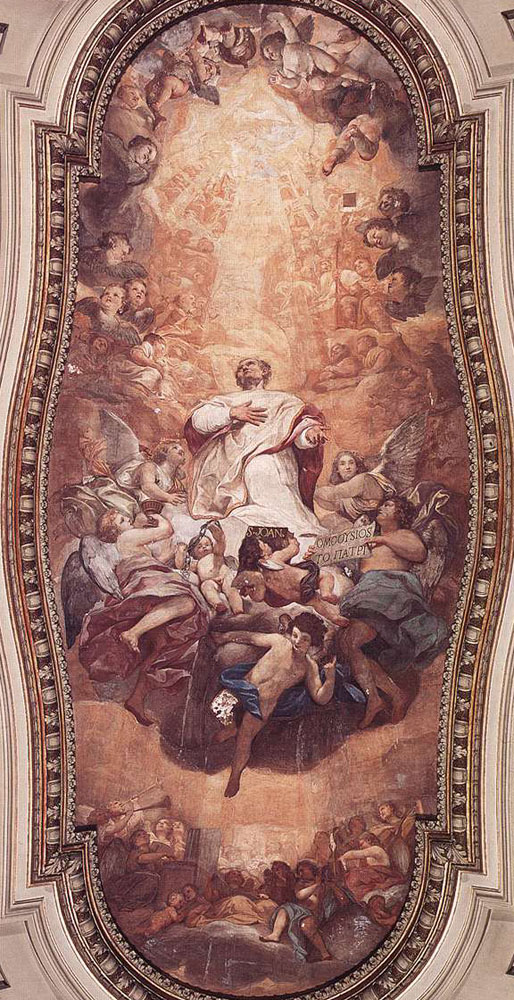
Eusebius died while in enforced confinement in 357 and was hailed by many as a martyr. As a Roman Catholic priest and defender of the Nicene Creed, Eusebius spoke out in public against both the pope and emperor of his day. Both were supporters of Arianism. Later outlawed as a heresy, this theological doctrine argued that Christ was created by God and was thus subordinate. Despite it then being official dogma, Eusebius' ardent opposition to Arianism and the authorities led to his death.
On Feb. 28th, 1993, therefore, Pope John Paul II gave a sermon at a church named after a man, widely considered a martyr, who preached against what he understood as the wrong beliefs of the secular and religious authorities of his time. On the same day, an assault was launched against a religious compound run by man, who some also consider to be a martyr, who also preached against the sins and wrong beliefs of the secular and religious authorities of his day.
It is perhaps extravagant to compare a Catholic saint with a man, David Koresh, who most now view as being a charlatan, madman and child abuser. One wonders, though, how Eusebius might have been portrayed by history, if at all, had Arianism remained the central creed of the Church. It seems that one man's martyr is another man's psychotic cult leader.

Koresh may have an even clearer connection to another Eusebius of the fourth century. This is Bishop Eusebius of Caesarea, a major early Christian historian and commenter. Among his many works, Eusebius wrote a commentary on the Book of Isaiah, which was only rediscovered in 1975.
A significant part of this text contains Eusebius' remarks on the Cyrus the Great, king of Persia and founder of the Achaemenid Empire in the 6th century BC. This was the biggest empire the world had yet witnessed. King Cyrus was revered by the Jews for ending the Babylonian Captivity after he conquered this wicked city. In Isaiah chapter 45, Cyrus is explicitly mentioned and called a "righteous" king, the anointed of God.
13) I have raised him up in righteousness, and I will direct all his ways: he shall build my city, and he shall let go my captives, not for price nor reward, saith the Lord of hosts.
Eusebius was the first Christian commenter to write extensively about Cyrus as a precursor to Christ. Both are righteous kings and it was Cyrus who commissioned to have the Second Temple built in Jerusalem.

The connection of Koresh to Cyrus is indisputable. In fact, Cyrus is the transliteration of the original Persian, Koresh. In 1990, Vernon Howell changed his name to David Koresh following a vision, while in Israel in 1985, that he was the modern Cyrus. This theme of the righteous king, and the ambiguity surrounding it, will be a major thread in this post.
Although occurring on the same day, the connection of Pope John Paul II's visit to the church of Saint Eusebius and the beginning of the siege at Waco is only fully drawn twenty years later with the resignation of Pope Benedict XVI. Curiously, my own accident and the later works of Philip K. Dick appear essential, at least to my own admittedly unhinged mind, to put all of these pieces into place.
Gone to Pot
In "Alembic" I wrote about how at the precise time of Benedict's official resignation on Feb. 28th the constellation Crater or Krater, which has been traditionally associated with the Grail, was rising in the east in Rome. Recently I have been rereading Philip K. Dick's VALIS trilogy and I was surprised to find krater mentioned in connection to the Grail in VALIS.
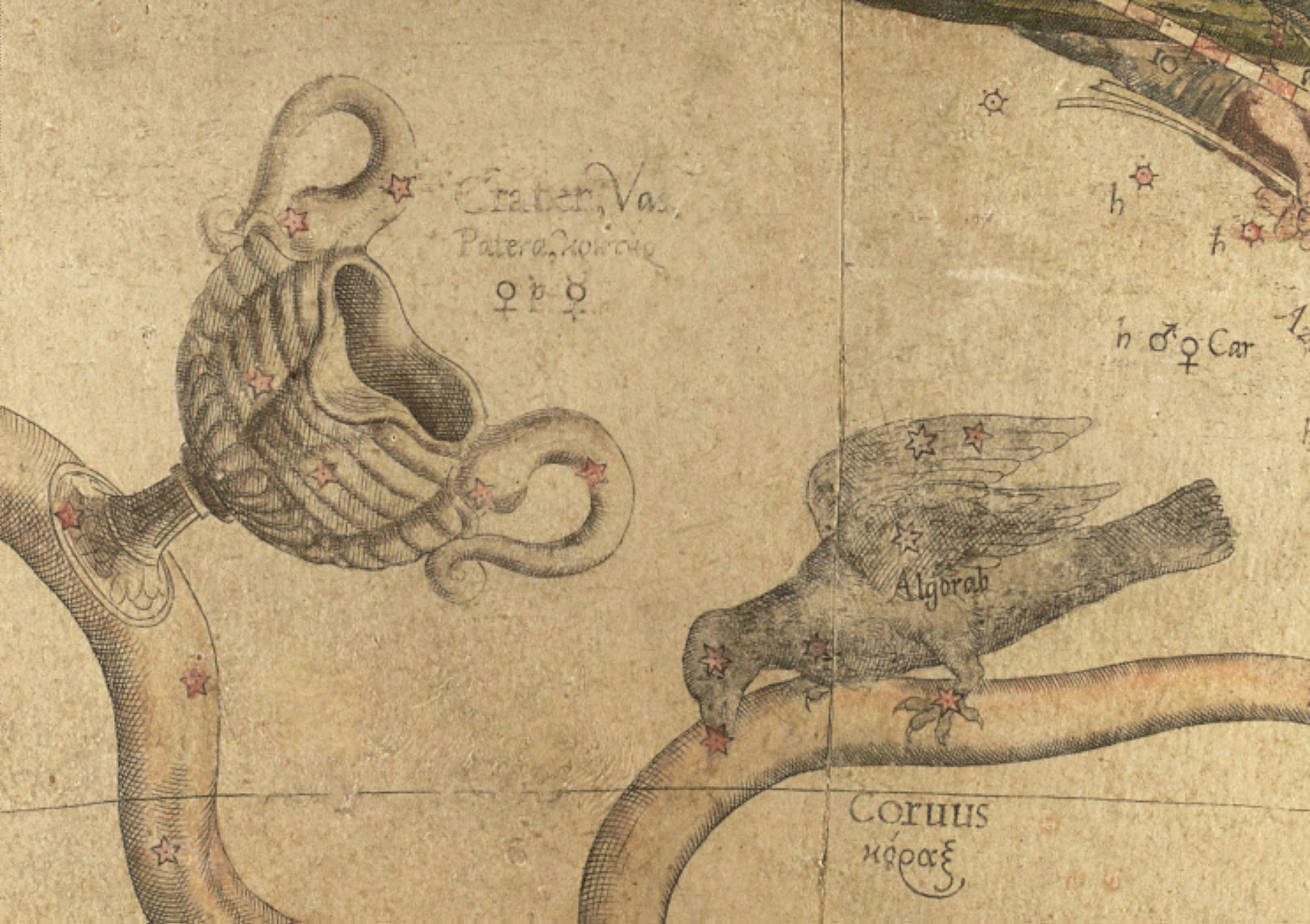
The novel's protagonist Horselover Fat, an insane alter-ego of Dick himself, has just returned from traveling abroad after a quest to find the new messiah. He is showing a series of photos to his friends:
The photos showed a Greek vase, on it a painting of a male figure who we recognized as Hermes. Twined around the vase the double helix confronted us, done in red glaze against a black background. The DNA molecule. There could be no mistake.
"Twenty-three or -four hundred years ago," Fat said. "Not the picture but the krater, the pottery."
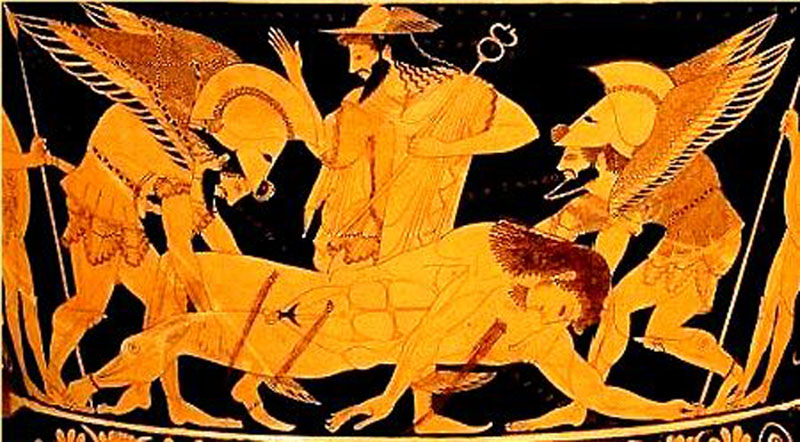
Horselover Fat goes on to explain the significance of the pot and its design:
"...This form of vase, the krater, was the shape used later as the baptismal font. That was one of the Greek words that came into my head in March 1974, the word 'krater.' I heard it connected with another Greek word: 'poros.' The words 'poros krater' essentially mean 'limestone font.'"
February and March of 1974, or 2-3-74 as PKD refers to it, was when Dick had his famous religious experience which has been briefly described before in this blog. It is important to get into the details of this experience, but before doing so it is necessary to first examine the symbolic relevance of the krater.
In Valis a ceramic pot was given to Horselover Fat by his young dope dealer and friend, Stephanie. At the time, Fat's life was in turmoil after the suicide of his friend Gloria, and Stephanie gave Fat the pot as a way to show her love for him. By doing this her pot was "the means by which Stephanie brought Horselover Fat to God."
It looked like an ordinary pot: squat and light brown, with a small amount of blue glaze as trim. Stephanie was not an expert potter. This pot was one of the first she threw, at least outside of her ceramics class in high school... The pot was unusual in one way, however. In it slumbered God. He slumbered in the pot for a long time, for almost too long. There is a theory among some religions that God intervenes at the eleventh hour. Maybe that is so; I couldn't say.

Fat named the pot Oh Ho and he began to see the greater implications of Oh Ho in a Vancouver mental hospital where Fat had been placed after attempting to commit suicide by ingesting a lethal dose of prescription pills. Dick actually tried to kill himself in this way. In the hospital the head psychiatrist, Dr. Stone, as a treatment to boost Fat's self-confidence, asks his opinion on a newly translated Gnostic text, On The Origin of the World. Stone presents Fat the following passage:
"He said, 'I am god and no other one exists except me.'
But when he said these things, he sinned against all of
the immortal (imperishable) ones, and they protected
him. Moreover, when Pistis saw the impiety of the chief
ruler, she was angry. Without being seen, she said,
'You err, Samael,' i.e. the blind god.' 'An enlightened,
immortal man exists before you. This will appear with-
in your molded bodies. He will trample upon you like
potter's clay, (which) is trampled. And you will go
with those who are yours down to your mother, the
abyss.' "
The creator god, Samael, is blind and insane. He does not know that there are higher powers than himself. This is the essence of the Gnostic worldview. It holds that we live in a fallen universe made by a fallen creator. The main objective is to break through this illusion and reunite with the true God. It is easy to see how how both Dick and William Blake are Gnostics.

Fat is amazed. Not only does this passage perfectly match with his own speculation, but it also involves pot and potter, symbols of the utmost significance to Fat and, one suspects, to Dick himself. It was Stephanie's pot that brought Fat to the True God. He begins to wonder if Dr. Stone is telepathic, marvels at Stone's ability as a healer, regains his self-confidence, and is soon released from the hospital.
Later in the novel Fat's friends begin to believe in his crazed ideas when they see a movie, also called "VALIS," which directly portrays on screen many of his most outlandish theories. The biggest confirmation of this comes with the film's multiple depictions of a pot that is very similar to Oh Ho.
"Did you notice the pot?" Kevin said. "On Nicholas Brady's desk. The little clay pot-like the one you have, the pot that girl-"
"Stephanie," Fat said.
"-made for you."
"No," Fat said. "I didn't notice it. There were a lot of details in the film that kept coming at me so fast, at the audience so fast, I mean."
"I didn't notice the pot the first time," Kevin said. "It shows up in different places; not just on Brady's desk but one time in President Fremount's office, way over in the corner, where only your peripheral vision picks it up. It shows up in different parts of the Lamptons' house; for example in the living room. And in that one scene where Eric Lampton is staggering around he knocks against things and-"
"The pitcher," I said.
"Yes," Kevin said. "It also appears as a pitcher. Full of water. Linda Lampton takes it out of the refrigerator."

The pot, the krater, is a major symbol of the VALIS movie. Kevin points out that the key to this pot is its design. Initially they thought that the Christian fish sign was displayed on the pot, but Kevin explains that on viewing the film a second time he is sure that its design is the double helix of DNA. This provides the background context to Fat's photos of the Greek krater as mentioned above.
It's fascinating that this same ceramic pot with a bit of blue glaze appears in an earlier novel of Dick's, Flow My Tears, The Policeman Said. The central character, Jason Taverner, is given such a pot by Mary Anne Dominic (interesting initials!) just as his world is beginning to be retrieved. In fact, the last page of the novel ends in a comment about this pot which is again associated with love:
The blue vase made by Mary Anne Dominic and purchased by Jason Taverner as a gift for Heather Hart wound up in a private collection of modern pottery. It remains there to this day, and is much treasured. And, in fact, by a number of people who know ceramics, openly and genuinely cherished. And loved.
In his private journal, called by Dick the Exegesis and eventually consisting of over 8000 pages, PKD describes an experience where an ordinary cup becomes the Holy Grail:
When I saw the Grail this morning (5:30 A.M.) I did not see it per se; I
did not, either, see it created out of nothing. I saw an ordinary physical normal every-day cup already in world affected by God; the cup in a sort of mist of color—the space around the cup as mist-like colors; and this cup became the Grail; it changed; it was made into (?) the Grail, and it did not just seem to me to be the Grail; it was the Grail; it was what I would say converted into spirit, a spiritual thing: "Grailified," so to speak. Light did not emanate from it; it was transfigured by a sort of material light that showed—displayed or was— colors. He must have a physical cup or cup-like object in, I guess, our Lower Realm, to shape and mold and change and transform and "Grailify." The spiritual, then, is not opposed to or separate from the physical; it is as if the physical and mundane exists to be thus spiritualized.

The idea that an ordinary cup, an ordinary piece of pottery, can become "Grailified" or spiritualized, and with it the entire mundane world, reminds me of Joyce's conviction that objects, even history itself, can be "epiphanized." The two authors are describing the same process -- a process that is central to Dick's experiences of 2-3-74.
Poisson de Février
By now the key details of these experiences are well-known. In Feb. 1974, while Dick was suffering great pain after having had a wisdom tooth extracted, a young woman arriving at his door from the pharmacy to deliver pain medication triggered an occurrence of what Dick later called anamnesis. Specifically, it was the woman's necklace of the early Christian fish symbol, or ichthys, shining in the sun which in a flash caused Dick to "remember" that he was really living in the apostolic days of the first century.
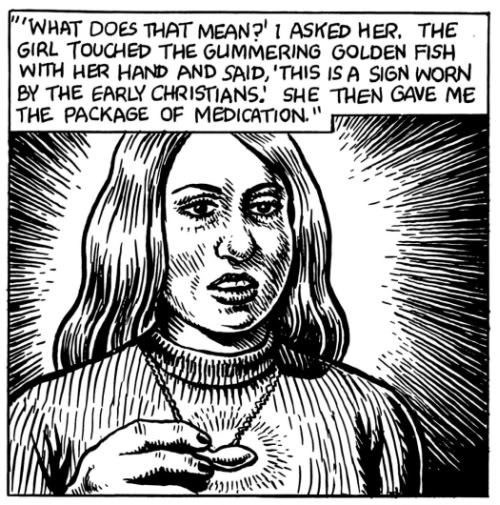
The surrounding world only had the illusion of being California in 1974, but was actually Palestine just after the time of Christ. Anamnesis means the loss of forgetting, and in Dick's case this entailed suddenly "remembering" that both he and the girl were Christians communicating in secret and in fear of persecution from the authorities of the Roman Empire. Dick realized that the "Empire never ended." Nixon's America was in a literal sense the Empire of Rome.

During the next month Dick was convinced that another person was in parallel possession of his own mind. Dick variously thought this individual might be Ejijah, John the Baptist or an early Christian apostle called Thomas. Thomas altered Dick's character in many ways. PKD switched drinking wine for beer, he suddenly became very shrewd in his business dealings, he forgot how to drive his car, and most inexplicably he was able to speak and understand ancient Greek and Latin.
Several other strange things happened. Dick received many vivid and prophetic dreams and visions, he was struck by a knowledge-imparting beam of pink light, he witnessed a type of St. Elmo's Fire flickering and flowing throughout his house, his pets died of sudden cancer, and in what is surely a miracle Dick was "told" that his infant son had an undiagnosed, potentially fatal birth defect. Dick had him brought to a hospital and found out that the boy did have an inguinal hernia, just as the voice told Dick, that most certainly would have caused the child's death.

These experiences were the most meaningful events of Dick's life. He spent the next eight years, until he died of a stroke in 1982, tirelessly trying to figure out what had happened to him. The massive Exegesis, the vast bulk of which was not published until 2011, consists of a bewildering multiplicity of theories and speculation about 2-3-74.
One of his more central and persistent theories, published in the "Tractate" section of Valis, was that the recovered texts of the Essene Dead Sea Scrolls and the Gnostic Nag Hamadi writings, both unearthed in the mid-1940s, contained living information that was just in mid-1970s, as these texts were being translated and published, beginning to become reanimated. This living information, which Dick called a plasmate, has the ability to cross-bond with human individuals. These individuals would become homoplasmates -- a symbiosis of the human being and living information from an alien world.

Christ, the Buddha, Apollonius of Tyana, and other spiritual figures were all homoplasmates. The goal of these beings is to release humanity, and the world as a whole, from its bondage to the Empire, the Black Iron Prison. Until this happens the Empire will continue its rule and time will be frozen in an endless, nightmarish cycle. Again, as Stephen Dedulus puts it "History is a nightmare from which I am trying to awake." Anamnesis is, for Dick, the course of awakening from history.

Turning Into The Lord
Anamnesis is the process by which people, places, things become Grailified, epiphanized. Dick has many names for the plasmate -- God, the Logos, VALIS (Vast Active Living Intelligence System) and Zebra. This last name is most interesting for the purposes of this post. Just as a zebra camouflaged in tall grass can only be spotted by the most attentive observer, the plasmate is a higher form of mimetic yet sentient entity. Zebra only reveals itself when it wants to, to certain people, and in a way that resembles, or is taken as, religious experience. Valis asks:
What if a high form of sentient mimicry existed -- such a high form that no human (or few humans) had detected it? What if it could only be detected if it wanted to be detected? Which is to say, not truly detected at all, since under these circumstances it had advanced out of its camouflaged state to disclose itself. "Disclose" might in this case equal "theophany." The astonished human being would say, I saw God; whereas in fact he saw only a highly evolved ultra-terrestrial life form, a UTI, or an extra-terrestrial life form (an ETI) which had come here at some time in the past . . . and perhaps, as Fat conjectured, had slumbered for nearly two thousand years in dormant seed form as living information in the codices at Nag Hammadi, which explained why reports of its existence had broken off abruptly around 70 A.D.
Valis compares Horselover Fat's search for truth with the quest for the Holy Grail, especially as portrayed in Wagner's opera Parsifal. Parsifal, which Wagner wrongly derives from the Arabic for "pure fool," arrives at Montsalvat, the home of the Grail and the Fisher King.
Wagner says in his text that only those who the Grail itself calls find their way there. The blood of Christ on the cross had been caught in the same cup from which he had drunk at the Last Supper; so literally it had wound up containing his blood. In essence the blood, not the Grail, summoned the knights; the blood never died. Like Zebra, the contents of the Grail were a plasma or, as Fat termed it, plasmate. Probably Fat had it down somewhere in his exegesis that Zebra equaled plasmate equaled the sacred blood of the crucified Christ.
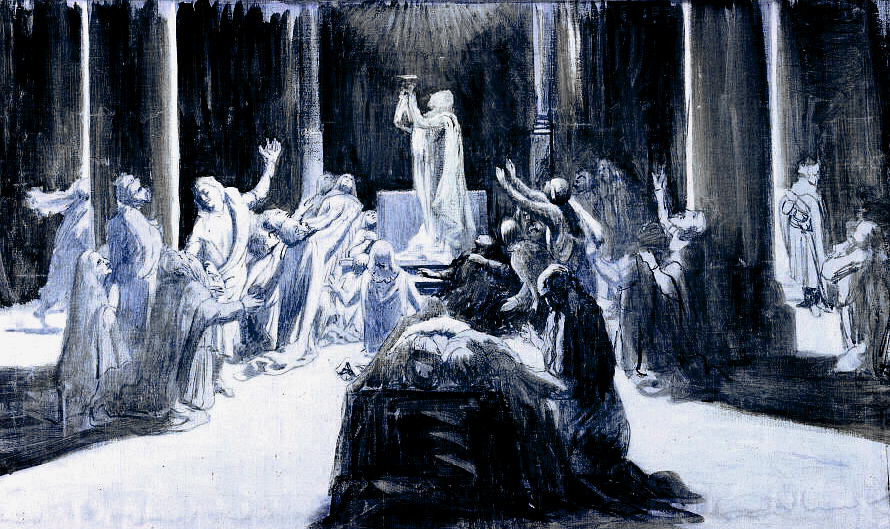
Only a "pure fool" can find the Grail and the blood that it contains, and this can only happen when the Grail itself summons. It is significant that the blood of the Grail is the plasmate. Dick also equates the plasmate, the Grail and the blood with the Philosopher's Stone of the alchemists. The revelation of Zebra is an alchemical transformation. When all is revealed in a such a way, when the whole world attains anamnesis, the nightmarish illusion will literally vanish. Parsifal describes how this may happen and Valis tells the story:
The leader of the Grail knights, Amfortas, has a wound which will not heal. Klingsor has wounded him with the spear which pierced Christ's side. Later, when Klingsor hurls the spear at Parsifal, the pure fool catches the spear-which has stopped in midair-and holds it up, making the sign of the Cross with it, at which Klingsor and his entire castle vanish. They were never there in the first place; they were a delusion, what the Greeks call dokos; what the Indians call the veil of maya.
Several people have noted the similarities between this scene in Parsifal with the premise of the Matrix films. One such essay, referring also to the work of PKD, calls Wagner's opera proto-science fiction. Many are also convinced that Dick disclosed the true nature of the matrix back in the late seventies, and perhaps directly inspired the films. In this clip Dick describes his experiences and calls what we take to be reality a computer programmed simulation that only becomes noticed when an anomaly, such as déjà vu, is observed:
Such anomalies, which the film also discusses, are paranormal events, theophanies, glitches in the matrix. They are moments when Zebra chooses to become temporarily visible to select individuals. They are moments when we stop forgetting, moments when the bars and walls of the Black Iron Prison suddenly vanish like Klingsor's castle.
Dick often compares the revealing of Zebra to the ceremony of the Eucharist when, according to Church doctrine, the sacramental bread and wine are transubstantiated into the actual body and blood of Christ. In Valis, Dick expands this doctrine of transubstantiation.

During the Eucharist not only the bread and wine are transformed. The priest offering the sacraments becomes Christ himself. The people receiving them are his disciples. The church setting of the mass is thus, as it is happening, transubstantiated into the time of Christ. Only the matrix-like Black Iron Prison prevents us from knowing this, from living in the physical presence of Christ, at all times. It is the purpose of Zebra to smash this prison.
After a year of analyzing his encounter with Zebra, or God, or the Logos, whatever, Fat came first to the conclusion that it had invaded our universe; and a year later he realized that it was consuming-that is, devouring-our universe. Zebra accomplished this by a process much like transubstantiation. This is the miracle of communion in which the two species, the wine and bread, invisibly become the blood and body of Christ.
Fat is unsure of the scale of this "invasion," but speculates that it could be occurring on a cosmic scale. "The entire universe, possibly, is in the invisible process of turning into the Lord." The universe of Samael, the blind and cruel Demiurge, is being invaded and transformed by what appears to be an external, alien force, but is actually the True God returning for final redemption and liberation from the Empire. The Black Iron Prison is identical to Joyce's "nightmare of history" and Blake's "mundane shell."

Stalking The Mutants
The process of transubstantiation shows a way out of the Matrix. But how does it occur? Does it happen suddenly, like the disappearance of Klingsor's castle, or it is a more gradual transformation? Where are the signs of the plasmate to be found? Where can we stalk, or let ourselves be stalked by, the Zebra? Dick answers in the Exegesis that it can be found potentially anywhere -- even, almost especially, in the most mundane, the most banal, productions of pop culture.
...it (Zebra) can enter anything, animate or inanimate; in the
latter it takes volitional control of causal processes—mimesis, mimicry,
camouflage.
It assembles itself intact in a human brain from a collage taken from song
lyrics, ads, novels, TV, movies—any and all info media, verbal and graphic.
Once begun, it governs the person into seeking out the missing parts of the pattern (i.e., it).
On one occasion Zebra revealed itself to Dick as a cypher in one of his own books. While reading Flow My Tears, The Policeman Said, Dick noticed that two words were juxtaposed on different lines of the same page: "King Felix." This, taken in tandem with the many other uncanny synchronicities associated with this book, convinced Dick that King Felix was a type of cypher or signal sent to him by Zebra or VALIS itself.

This type of encoded textual message reminds me of the "fag ear" cypher I found "hidden" on page 131 of Finnegans Wake that, to me at least, appears to confirm Joyce's identity with the Cauldron hexagram of the I Ching. A similar phenomenon is occurring in both instances and for the same purpose. Zebra is becoming visible.
King Felix, the happy or righteous king, has obvious resonances with King Cyrus. Dick would surely agree. As King Cyrus is the precursor, or prior incarnation, to Christ, King Felix is his Second Coming -- the parousia.

In VALIS, the King Felix signal is revealed to Fat through juxtaposed TV commercials. The ultimate message is conveyed through disposable, popular culture. The fictional movie "VALIS," which has a plot coinciding with Dick's Radio Free Albemuth, is another means by which the message is conveyed. Interestingly, this movie was inspired by a very real film -- "The Man Who Fell to Earth" starring David Bowie. Dick writes in the Exegesis:
Just like we think Bowie knows something these people think I know
something.
"The Man Who Fell to Earth" is the story of an alien, Bowie, who crashes to Earth on a mission to bring back water to his family suffering on a parched desert planet. To achieve this end Bowie's character, Thomas (like Dick's alter-ego) Newton, uses his knowledge of advanced technology to patent many new (to Earth) inventions and becomes one of the richest and most powerful men on the planet. Newton's plans are eventually thwarted by the CIA, but he is able to send a message to his wife via an album which has its songs played on the radio.

The film provokes many considerations. Are there, in Dick's terms, ETIs and/or UTIs in high positions in government and business with secret agendas very different to what we are spoonfed in the media? Are these agendas benign or harmful to humanity? Are other earthly authorities opposed to or in collaboration with these alien individuals? Do they communicate with each other through messages hidden within popular culture? Is David Bowie involved in all of this in some fashion? In Bowie's own words:
I've always felt like a vehicle for something else, but then I've never really sorted out what that was. I think everybody, at one time or another, gets that kind of feeling; that they aren’t just here for themselves and more often than not they turn to the Bible and agree that its probably Jesus and God and all of that section of religion. There's a feeling that we are here for another purpose. And in me its very strong.

Certainly Dick contemplated all of these questions. In the Exegesis he explains that the 1960 book by Louis Pauwels and Jacques Bergier, The Morning of the Magicians, conjectures that hidden superhuman "mutants" among us would use popular media in order to communicate with each other. In the relevant passage, The Morning of the Magicians reads:
One of the heroes in Van Vogt's In Pursuit of the Slans discovers the existence of other mutants by reading the newspapers and deciphering apparently inoffensive articles. A similar network of communication in our own Press and literature, etc., is quite conceivable. The New York Herald Tribune published on 15th March, 1958, an analysis from its London correspondent of a series of advertisements appearing in the Personal column of The Times. These messages had attracted the attention of professional cryptographers and the police in various countries, because they obviously had a hidden meaning. But this meaning was never deciphered. There are, no doubt, other still less decipherable means of communication. Who knows but that some fourth-rate novel, or some technical textbook, or some apparently obscure philosophical work is not a secret vehicle for complex studies and messages addressed to higher intelligences, as different from our own as we are from the great apes.
Dick's novels are certainly not fourth-rate, but could these "mutants" be using Dick, like Bowie, as a vehicle to convey information? Dick's own speculation, though, went well beyond Pauwels and Bergier. There may certainly be mutants like Thomas Newton with time-bending and other superpowers who hold positions of vast power on Earth, but Dick envisioned a much grander conspiracy. God Himself, the True God, has invaded this fallen world. In this, Dick comes very close to Blake and Joyce.

Do the synchronicities that an increasingly large number of researchers are discovering throughout popular culture really represent the unveiling of Zebra? Is the whole world, in a sense, becoming "Grailified," transubstantiated? Is this the greater message behind why the last pope stepped down just as Crater, the Grail, was rising on the horizon?
The analysis of the movie in VALIS, like Dick's own analysis of the Bowie film, is surely one of the first recorded instances of classic synchromysticism. Has this type of analysis now become so common, and synchronicities so apparently all-pervasive, that many of us are beginning to forget the novelty of all of this? Have we forgot that the Grail summons only those that it considers worthy?

Perhaps the reason for the increasing frequency of synchronicity is because the time of full unveiling, full transubstantiation, is at hand. Are the ideas that sync is just how the universe works, is just quantum entanglement or analogous physical properties, is just the result of everything being connected really only last-ditch explanations offered by the BIP in an attempt to prevent the shattering of its illusion? Are these explanations any different than what Blake criticized as "natural religion?"
Maybe only the pure fool knows.
On with the invasion.
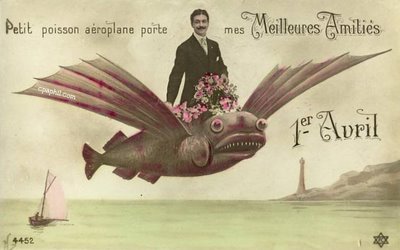
I am never sure if this is pure synchronicity or based on something I might've said--but I noted King Felix (Baumgartner) being the Man Who Fell to Earth. That is, zebras eat bats in the transubstantiation as the Dark-Haired Grail invades. "Her cup of tea, she would admit to no one."
ReplyDeleteIn his Exegesis PKD makes the important point that he had somehow activated a sacred narrative that unfolded itself in a way akin to a pre-written computer program. The Dark-Haired girl is the catalyst to trigger the start of PKD's Grail Quest.
ReplyDelete"God is the book of the universe, whose pages are scattered throughout. The sacred history itself forms a narrative that can be discerned, but it is obscured by the normal flux. Everything is written down and has been written down from the beginning, as the Jews knew from the disclosure of the Torah. Basically, sacred history exists as information; first in terms of temporal sequence; first in order of ontology. The mythic ritual is an entry key into the sacred narrative. It functions the way an entry key of a computer functions vis-à-vis a given program.
"This narrative can be entered from any point in mundane time by the correct entry key which in itself tells a story or a part of a story—part of the master narrative (which, as I say, is information out of which reality is generated). What interests me is the apparent fact that there are a number of sacred narratives, not one, so that different entry keys—which is to say different mythic rites—punch you into different narratives, which is to say different meta-realities. For example, Christianity is only one "narrative" of many; the war between the Empire and its prisoner (who in early chapters is crucified but later on is released unharmed)—this is not the sacred narrative but a sacred narrative. Christianity then as a sacred history is not the truth but a truth, which can be avoided or punched into, either by design or by accident (I punched into it by accident)." (PKD, Exegesis)
This narrative is the TORA held by the High Priestess of the Tarot. Joyce's Monomyth. Anne Hathaway is the bride of Shakespeare.
Yes! The girl, the cup, the fish, teeth.
DeleteI am more and more starting to realize how voluminous your writing is on these matters, Eleleth. I stand in awe of your work -- both in its depth and the over-flowing abundance of connections that it makes. I regret, though, that I've only yet had the time to scratch its surface. Please forgive me if I stumble into territory that you and others have already thoroughly explored. This blog is my attempt to grapple with these questions as clearly as I can.
The synchronicity is more remarkable if you were unaware of it, thus indicating that we are blindly groping at the same Zebra. The aforementioned TORA is the Princess Diary. "Fat had seen it — not because there was anything special about him — but because it had wanted him to see it. Normally it remained camouflaged."
DeleteI think it was Wiki who let the Zebra out of the bag:
Deletehttp://en.wikipedia.org/wiki/VALIS#Characters
There may only be one narrative, as you say, stretching back to Homer and beyond, and manifesting physically as the entire world only now. It makes sense that there will be more toe-stepping as the dance floor becomes increasingly congested.
Sheepshead Fish
Deletehttp://www.youtube.com/watch?feature=player_embedded&v=t274blR0X9o
King Felix pitched a perfect game last year on the same field where, months earlier, a nobody named Phil H. also pitched a perfect game against KF's Mariners.
ReplyDeleteFor a long time I wondered, "why ZEBRA?". But it was so simple, and right there in front of me the whole time: the first 6 unbroken lines of the first hexagram "Force" in the I Ching, out of which the 63 other hexagrams emerge. All 64 hexagrams and their manipulations have parallel narratives in chess and DNA. I guess depending on where you punch in, one of these three play the dominant role in the shaping of your universe. PKD obviously resurrected the I Ching, which to me would be the Holy Spirit in the Trinity; Chess is the Christ game, DNA is the Father. The Holy Grail is the whole E gray-el, or the brain that has approached history from all four E perspectives represented in Finnegans Wake (waking ego, freudian sub-conscious, Jungian collective unconscious, and the non-local NO-MIND/NO-BODY) and has taken those first few baby steps beyond the infinite.
Great insight. It could also be that the Zebra in the grass is all of the hexagrams, all of the qualitative archetypes of time, all moves, all combinations, at once. This really amounts to saying the same thing. Brékkek Kékkek Kékkek Kékkek! Kóax Kóax Kóax!
DeleteIn Divine Invasion, after a discussion of Joyce's ability to predict the futiure, PKD predicts the future of the Internet and the tool that will revolutionize the educational system: the iPad. From iChing to iPad.
ReplyDeleteYes, this is very striking. I'll be touching on this next.
Deleteawesome article and cool comments.
ReplyDeletehttp://www.endpointithaca.com/blog/?s=zebra
ive just finished reading this, opened an old notebook of mine from 2001/2002 and seen the phrase
ReplyDelete'Zebras leaping through hoops of flame.'
This comment has been removed by a blog administrator.
ReplyDelete